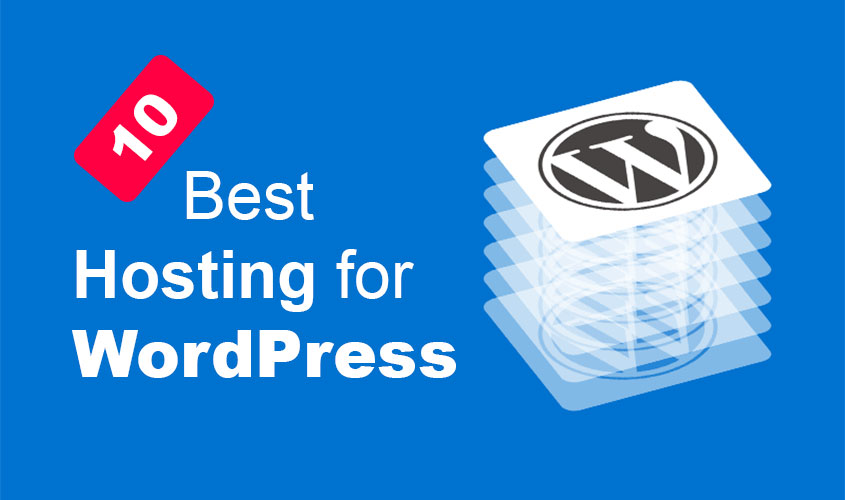Here are some tips for speeding up your WordPress website:
- Use a lightweight theme: Choose a theme that is optimized for speed and performance, and avoid using heavy themes with lots of animations or bulky code.
- Use a caching plugin: A caching plugin can speed up your site by storing frequently accessed pages and serving them to visitors quickly, reducing the load on your server.
- Optimize your images: Large images can slow down your site, so be sure to optimize your images by compressing them without sacrificing quality. You can use plugins like Smush or EWWW Image Optimizer to automatically optimize your images.
- Minimize HTTP requests: Minimize the number of HTTP requests by reducing the number of scripts, stylesheets, and other external resources that your site needs to load.
- Use a content delivery network (CDN): A CDN can speed up your site by distributing your content across a network of servers, reducing the distance that data needs to travel to reach your visitors.
- Optimize your database: Keep your WordPress database optimized by removing unused data, optimizing tables, and minimizing the number of database queries that your site makes.
- Enable Gzip compression: Enable Gzip compression to reduce the size of your website files, allowing them to load faster.
- Use a fast hosting provider: Choose a reliable hosting provider with fast servers, and consider upgrading to a higher plan if your site receives a lot of traffic.
- Minimize the use of plugins: While plugins can add great functionality to your site, too many plugins can slow down your site. Be sure to only use essential plugins and disable any that are not necessary.
- Use a content delivery network (CDN): A CDN can also improve your website’s load time by serving your website’s static assets like images, videos, and CSS files from a server closest to the user’s location.
- Use lazy loading: Lazy loading is a technique that delays the loading of non-critical content such as images or videos until the user scrolls down to that part of the page.
- Enable browser caching: Browser caching allows the user’s browser to store a copy of your website’s files locally, so the next time they visit, the site can load faster.
- Minimize HTTP requests: Minimizing the number of HTTP requests is important for reducing page load times. You can do this by combining CSS and JavaScript files, using sprites for images, and reducing the number of external scripts on your site.
- Reduce server response time: A slow server response time can impact your site’s speed. To improve this, consider upgrading to a better hosting plan, optimize your database queries, and enable server-side caching.
- Use a faster DNS provider: A slow DNS provider can also impact your site’s load time. Consider using a faster DNS provider like Cloudflare or Google DNS.
By following these tips, you can significantly improve the speed and performance of your WordPress website.
